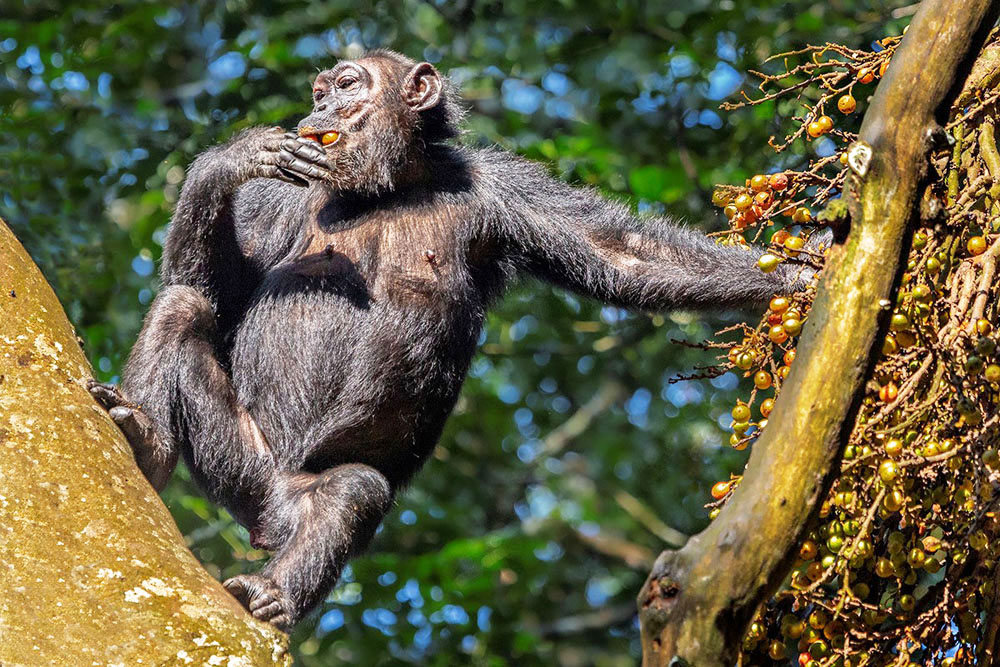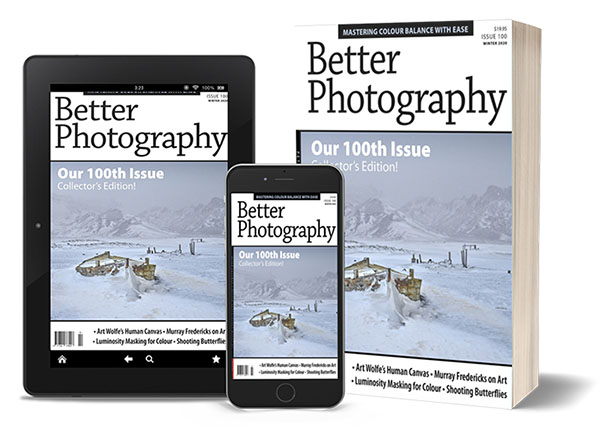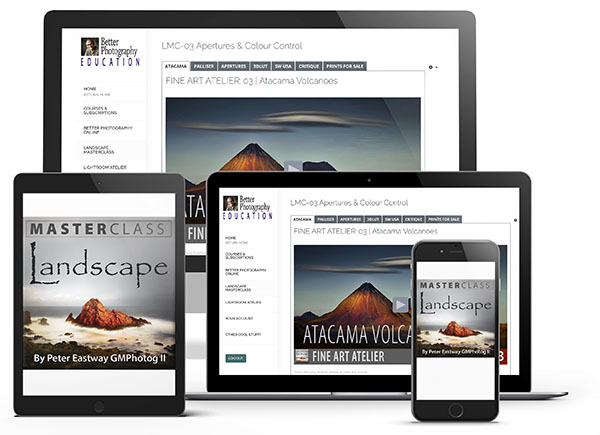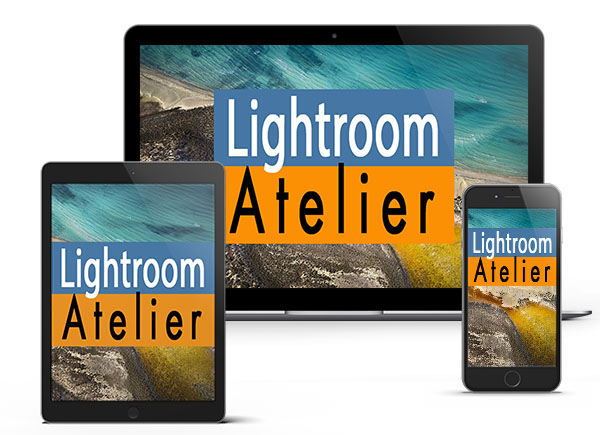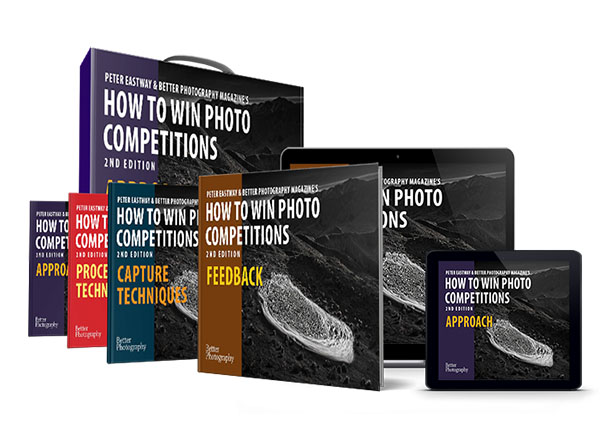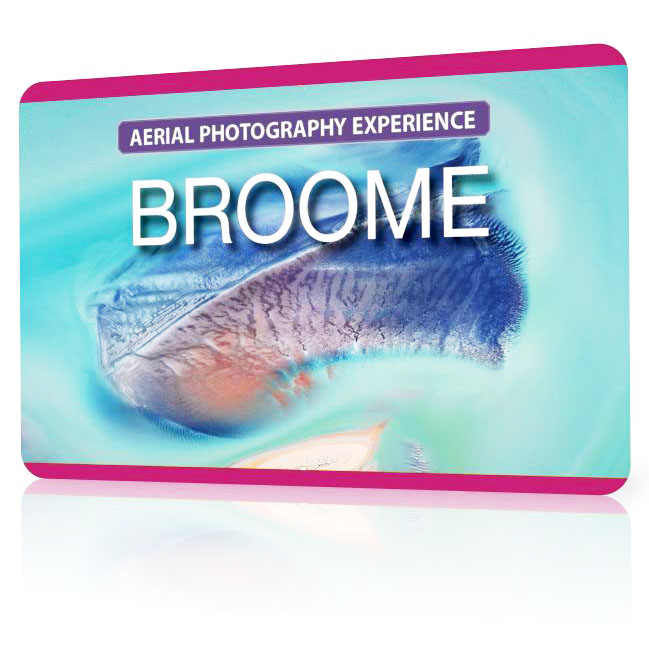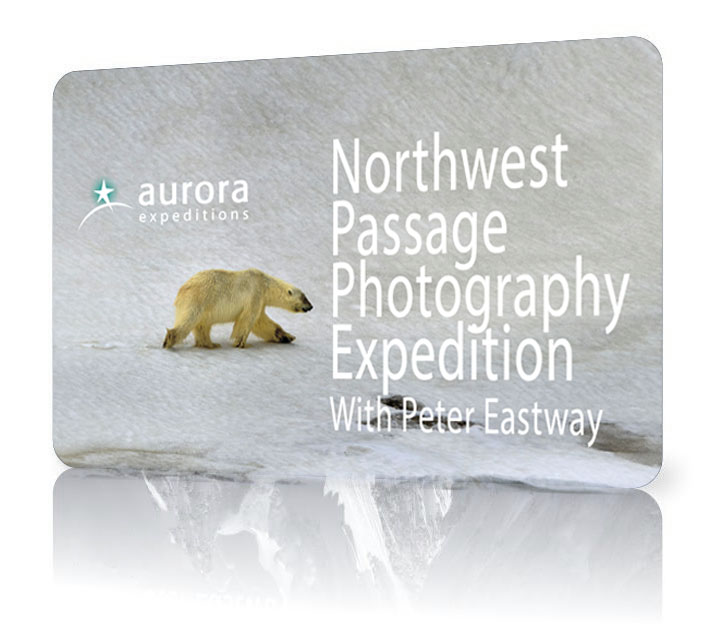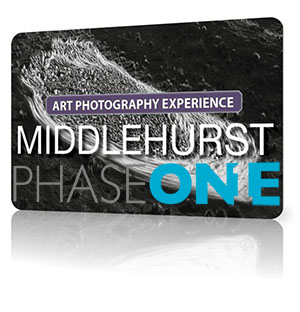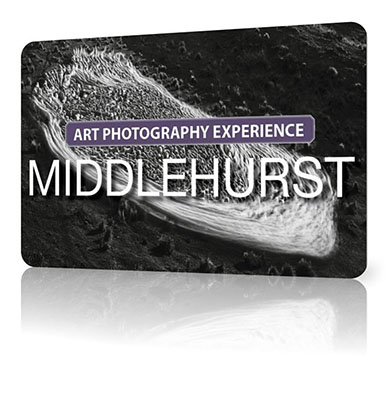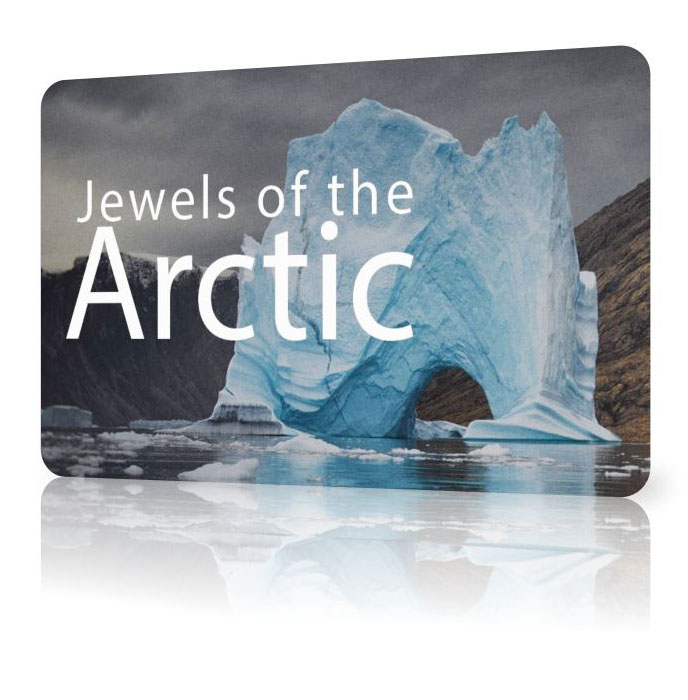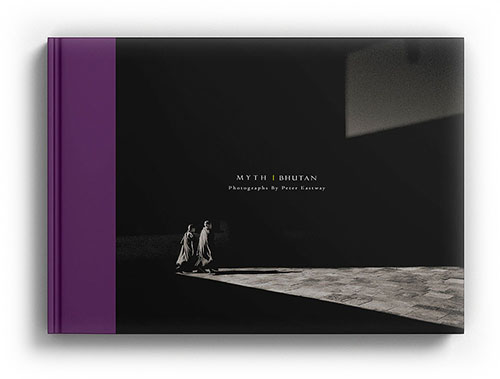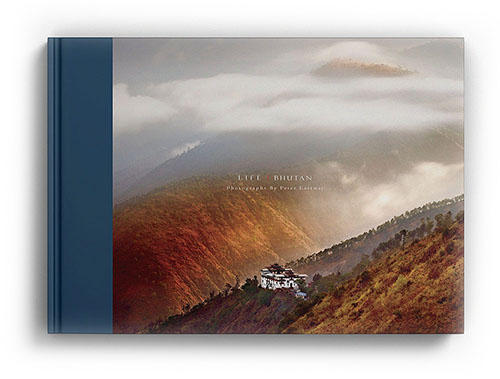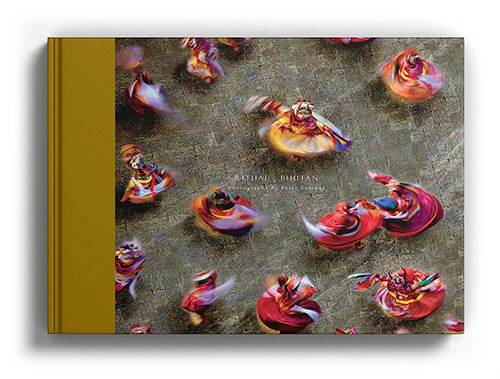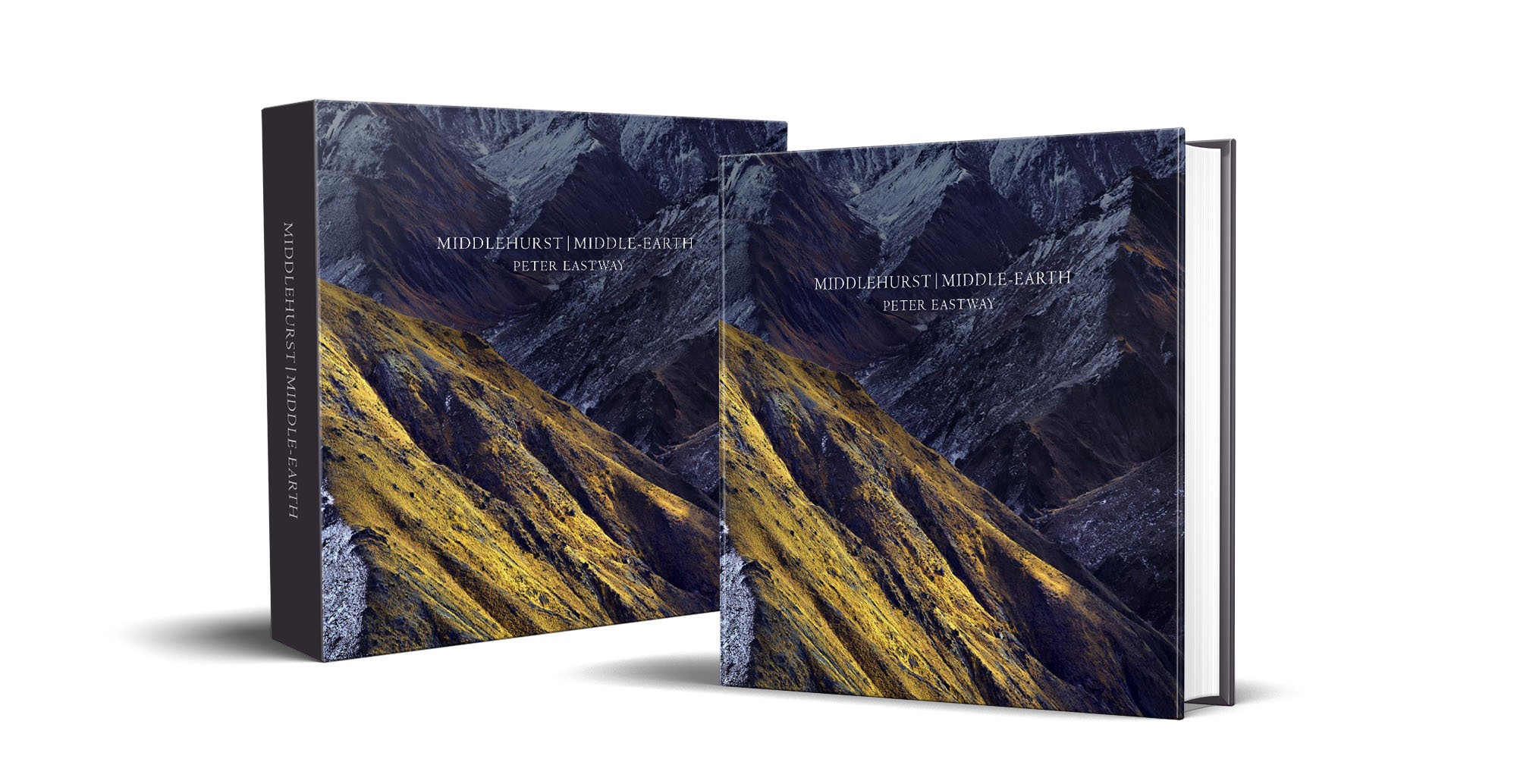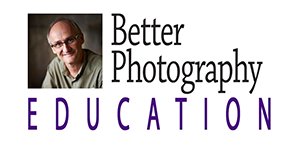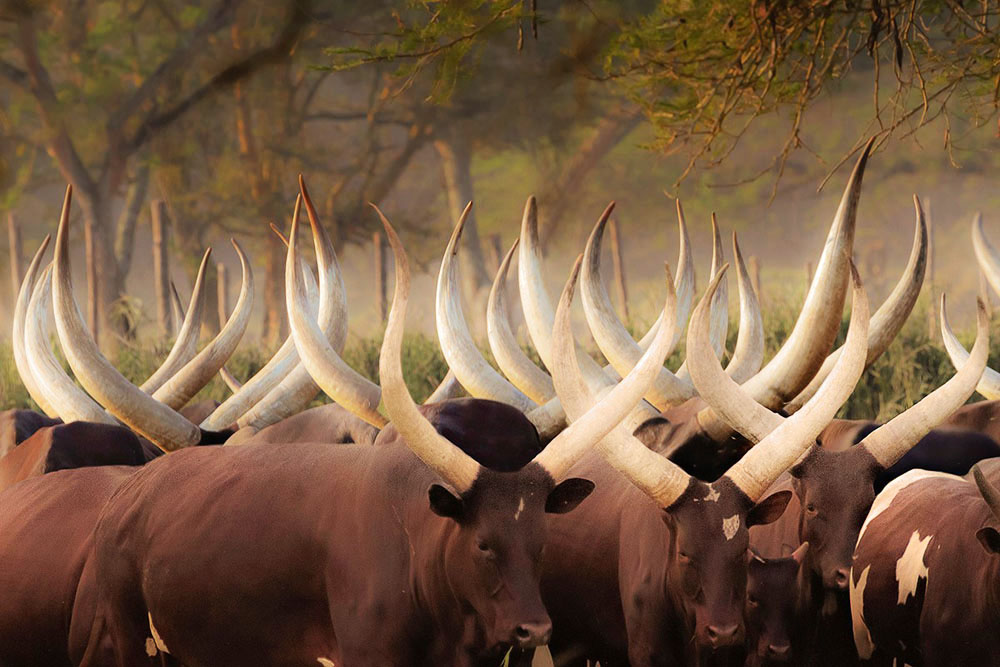Ankole Cow Horns. Photography by Mehmet Ozbalci.
Canon EOS7D, 100-400mm lens, f11 @ 1/200 second, ISO 400
I’ve been to Africa, but when you read ‘Africa’, what do you think of? Lions? Savannahs? Safaris? Yet my most recent African trips have been to Morocco and Egypt, and live lions are a rarity there!
Similarly, Uganda is a little off-the-beaten-track in terms of grand African vistas. My photography friend and guide Mehmet Ozbalci suggests it is best known for its mountain gorillas, but he enthuses that there is so much more in terms of both wildlife and culture.
For instance, you may have seen early morning photos of Ankole cows with their distinctive horns silhouetted against a rising sun or through dust stirred up on the parched plains. What I like about Mehmet’s photo of these cows is his use of repetition and those horns really make the composition. Mehmet used a Canon EOS7D with a 100-400mm zoom at 400mm and even though the aperture was set at f11, the telephoto’s compression and shallow depth-of-field throw the background out-of-focus and keep our attention on those delightful horns.
You might also note that the telephoto has allowed Mehmet to isolate his subject, excluding distracting elements that could otherwise interfere with the simple composition. A good photograph depends as much on what is left out as what is kept in!
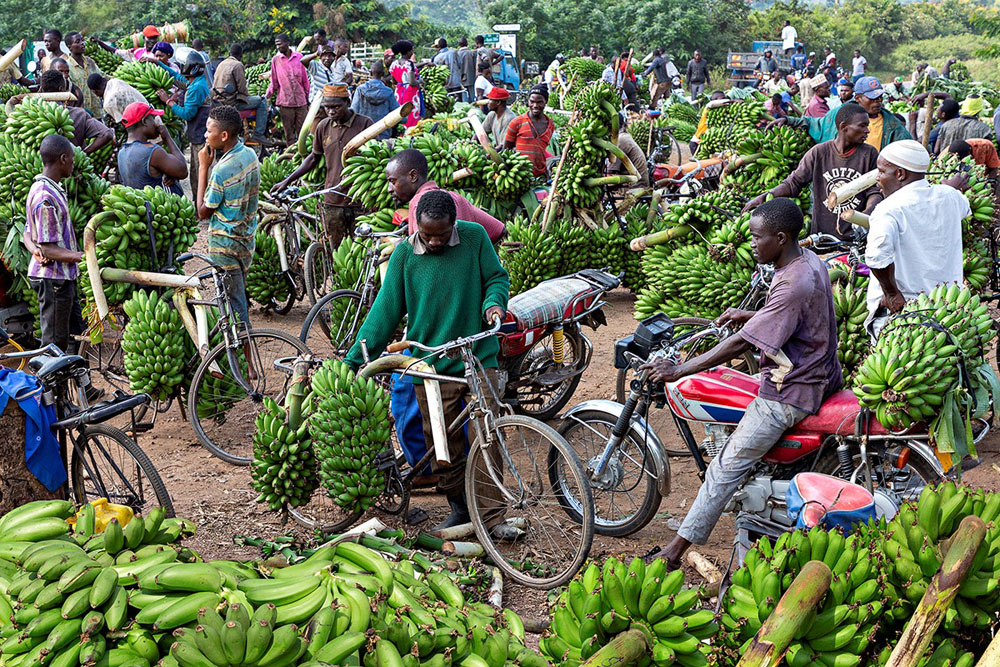
Framing in travel photography is so important. It can be easy to just point and shoot because everything is new and exciting – and I certainly do this from time to time. But the photos I remember and put in my photo books are (hopefully) like Mehmet’s scene of a banana market. Writes Mehmet, “Bananas are one of the main sources of nutrition in Uganda. They don’t only eat them as fruit, but cook them to make a dish called Matoke. I came across this market just by chance and stopped to photograph it.”
So many great travel photos happen while you’re on the road. And while in some respects this photo is just a snapshot, again look at how Mehmet has carefully considered what to include and what to exclude from the frame. He’s found a viewpoint where the market looks like it goes on forever. The foreground cleverly uses bananas to introduce us to the scene and then note how the colour and textures of the bananas lead our eye into and around the background. Note also how the patches of red clothing in the background and the red motorbike in the foreground reinforce our exploration of the photo, keeping the eye moving around, but always within the frame.
So, the moral of the story is shoot lots, but after you have your safety photos, spend a little time to more carefully consider your framing – and of course, you can also crop in post-production as well.
And if you’re interested in visiting Uganda (and/or Kenya), why not come along with Mehmet and me in June/July 2024! Spaces are still available. Click here for details.
